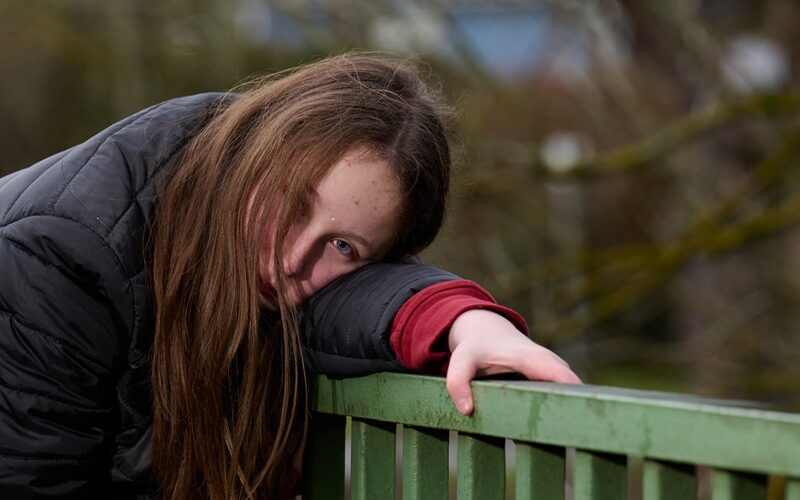The Night is Dark and Colder than the Day (Friedrich, 2025)
Is the fact that its subtitles are too small a legitimate reason for downvoting a film? If I had seen this film at a festival or in a test screening, that is the sort of feedback I would not think twice about leaving on a comment card. Once a film has been distributed, though, one might argue that it is the critic’s job to evaluate the film he (or she) has been given. And given the already narrow niche market for a film like The Night is Dark and Colder than the Day, formal features that might deter or drive away any portion of that audience are significant. In addition, the film relies heavily on dialogue, so the difficult-to-see (and hence read) translations make for a frustrating viewing experience.
The Night is Dark and Colder than the Day is a concept documentary, I guess, in which director Christina Friedrich interviews children about their beliefs, their hopes, their likes, and, especially, their fears. The first fifteen minutes or so are stellar, as the mini-monologues dissolve into one another to form a mosaic of the contemporary childhood experience. There is so much (perhaps too much?) to chew on here that any particular segment might gain high marks as a short. But as the film unfolds and the work it takes to read the words increases, there isn’t sufficient space to process them or develop a response to them.
The obvious point of comparison here is Michael Apted’s Seven Up series, and I spent a good portion of the film wondering why I have revisited Apted’s kids several times but lost interest pretty quickly in Friedrich’s. The reflexive answer is that Apted’s series revisited the kids every seven years, but that’s only half of it. The reason Seven Up had sequels is that the initial film was constructed around a thesis — that the child is a recognizable prototype of the adult he or she will become. Of course, it is true, as the series demonstrated that this thesis is so broad as to be both unprovable and unfalsifiable, but it turned out to be specific enough to shape material so broadly diffuse that it could include anything and everything.
By contrast, Friedrich says that her audience “should simply entrust themselves to the film, just as one steps into an unknown river and entrusts oneself to the water.” Not to take the metaphor too literally, but who wades into unknown waters without some sense that those waters are likely to deliver a particular experience (calm, rapids, cold, warm, shallow, deep, whatever)? I trust that, as the director states, most audiences will recognize similarities between the participants and young people they know in real life. But again, what significance is postulated about those similarities?
The closest I get to a thesis comes from Friedrich calling the current historical moment a “worrying present,” but I don’t quite follow how or why documenting children’s fears in that “worrying present” makes it a hopeful film. There is, I suppose, something inspiring in the resiliency of kids, but I was never enabled by the film to push beyond sadness at what they were experiencing. Consequently, I felt more sad than optimistic.

